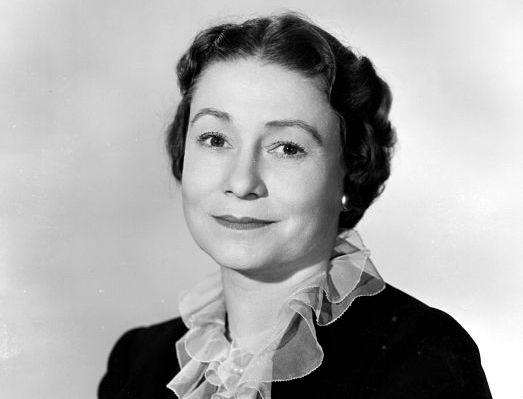Commentary
The difference between classic Hollywood and current Hollywood could be summed up by one concept: respect for the sanctity of traditional marriage. There are a lot of problems in modern films, but they all stem from disrespect for God’s plan for the family. That leads to all sorts of immorality, immodesty, disrespect, and obscenity. This moral corruption has spread to television, advertising, and the internet. It’s a breath of fresh air to watch movies made during the Golden Era of Hollywood, which were held to high standards of morality.





